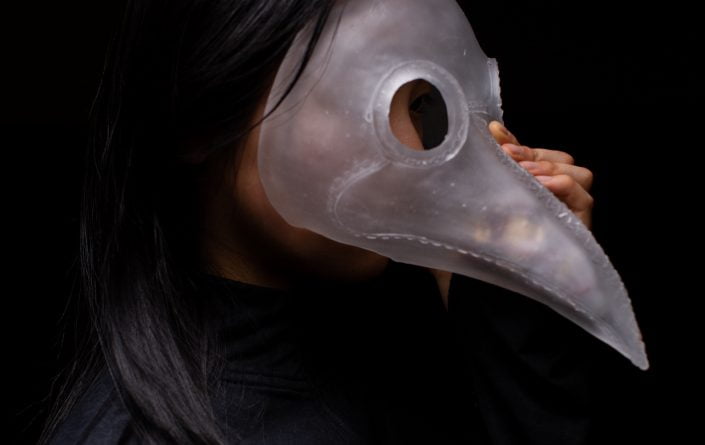Maggie Hensel-Brown
For the last five years, needle lace has been my way of making sense of life.
Maggie Hensel-Brown started lacemaking in 2015, at the annual conference of the Australian Lace Guild. For as long as she can remember, she’s been a craft obsessive, the more intricate and detailed it was, the more she’d love it. Here, it seemed, was the pinnacle of the obsessive and detailed crafts. The first class she took was in Reticella. Developed originally in Italy in the 15th century, the technique first involves taking apart a piece of linen, thread by thread, then painstakingly knotting and weaving in new strands in a meticulous pattern. I was immediately in love.
This class launched Hensel-Brown in a direction she never saw coming. She travelled to England and learnt a technique called Aemilia Ars. Developed late in the game, Aemilia Ars dates from the 19th century. Next was Venetian Gros Point, possibly the pinnacle of labour-intensive techniques. Dating from the early 17th century, it involves three layers of painstakingly crafted stitches, two of which are worked simultaneously, to create luscious, raised borders that resemble carved marble.
At the same time she was learning these skills, she was researching antique lace pieces. Every Google search threw up thousands of grand images, from tiny lace cuffs for children, to enormous wall-hangings for palaces. What astounded her the most was the way lace was used as a means of storytelling. Figures would appear in each piece: Grecian goddesses bathed in rivers, biblical characters acted out their stories, kings were crowned, all using the positive and negative space and patterns of needle lace to draw the pictures.
Hensel-Brown decided to tell her own stories with lace.
Using an odd combination of the three techniques she had learned, Hensel-Brown put her life down on the sewing table. She was in her late twenties, moving from sharehouse to sharehouse, working casual hospitality jobs. It was a basically unremarkable time. What she found though, while stitching, was that by giving each unremarkable moment all these hours of care and attention, they felt more special. The absolute ordinariness of life gained something wonderful. Staring blankly into the fridge, making a dumb instagram video, reading a trashy novel, filling out a crossword. These became almost holy moments.


